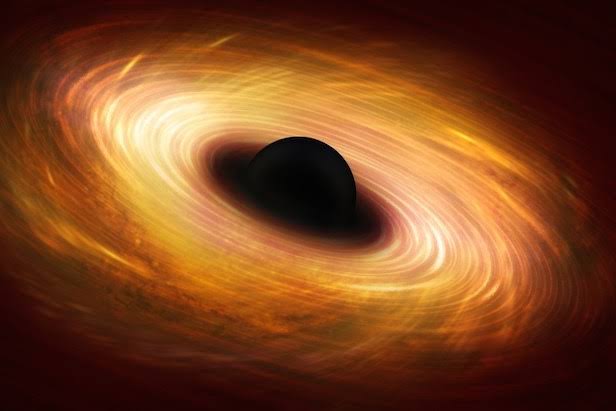Gas-stars 'swallowing' the light emanating from the huge black hole, will answer many questions
Scientists are functioning on the speculation of radiation from regions for a protracted time and now a replacement study has found that it's going to be associated with the scale of the black hole. Researchers at the University of Illinois Urbana-Champaign have discovered black holes that emit flashes of sunshine. This glow is visible when it eats gas and stars, and also the change during this brightness is expounded to its size.
Supermassive black holes are many billions of times more massive than our Sun. Usually these are within the center of the Galaxy. Sagittarius A* is additionally present within the center of our galaxy extragalactic nebula. When these supermassive black holes aren't active, they are doing not emit much light, but once they are active, the radiation emitted from them is brighter than the galaxy. The glow emanating from them are often observed for some hours to decades.
Lead author of the study Colin Burke said, "Many studies have linked the sunshine emitted from a supermassive region to its mass, but there have not been any confirmed results." Such black holes swallow large amounts of matter. When this matter starts moving at a high speed thanks to its gravity, an outsized amount of energy is released because of which the nearby matter runs out. This causes the wind to blow within the galaxy.
On the idea of this brightness, the dimensions of supermassive black holes and white dwarf stars are expected to be known. They will also detect a number of the smaller intermediate-mass black holes, of which just one has been found up to now.



